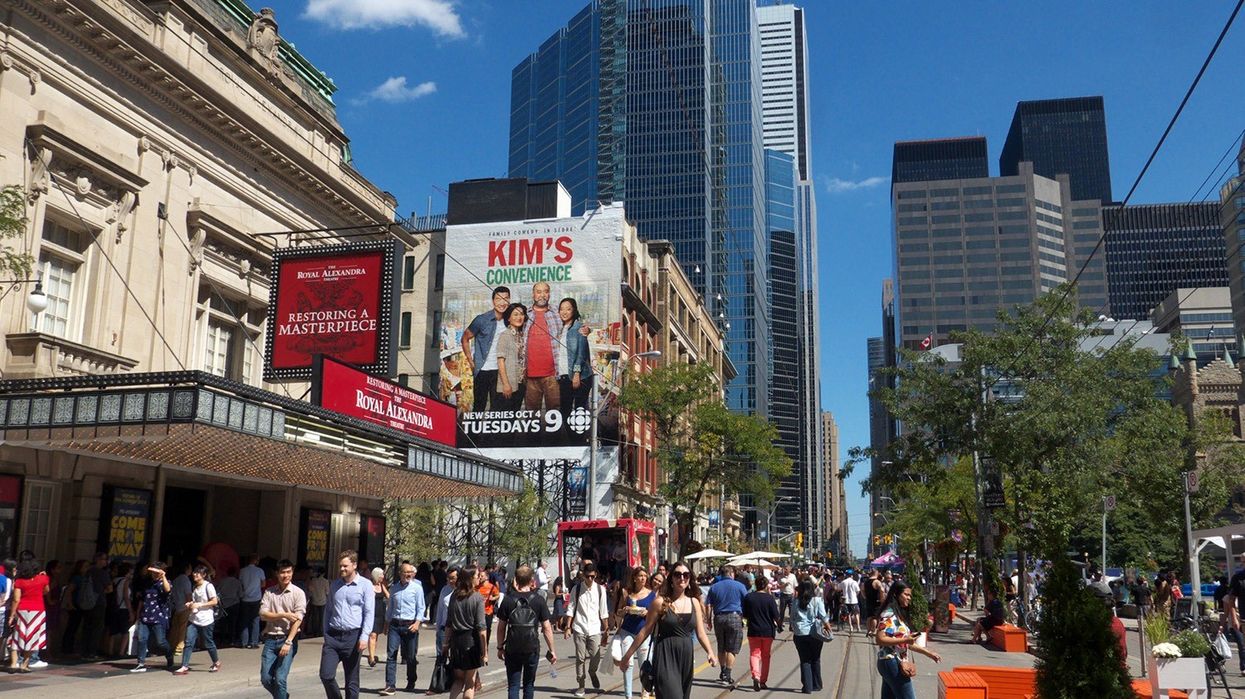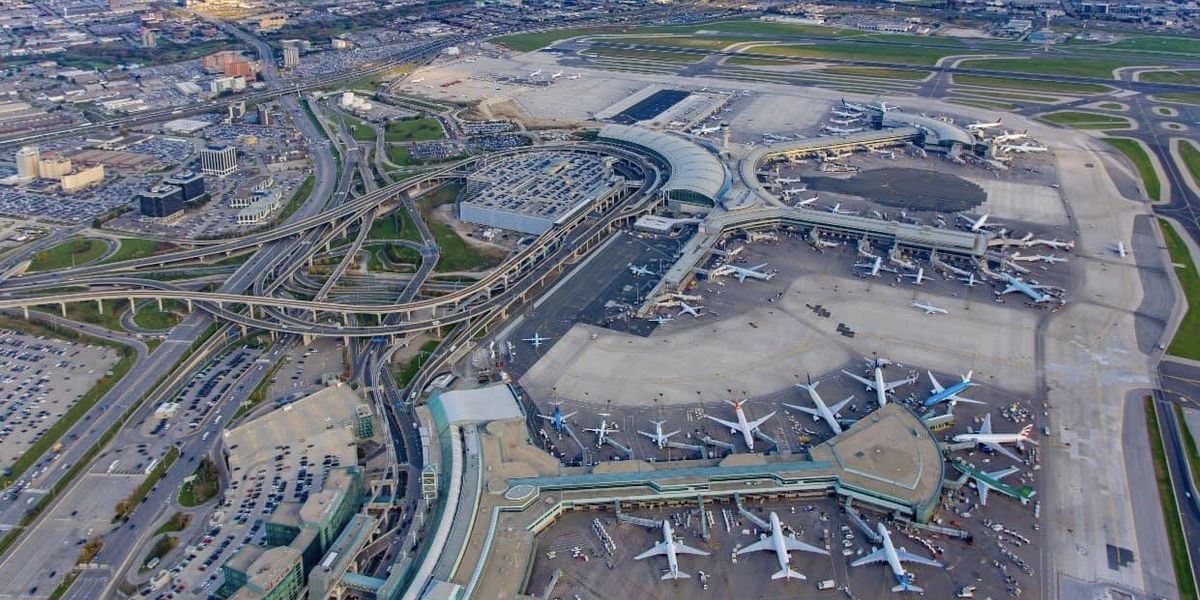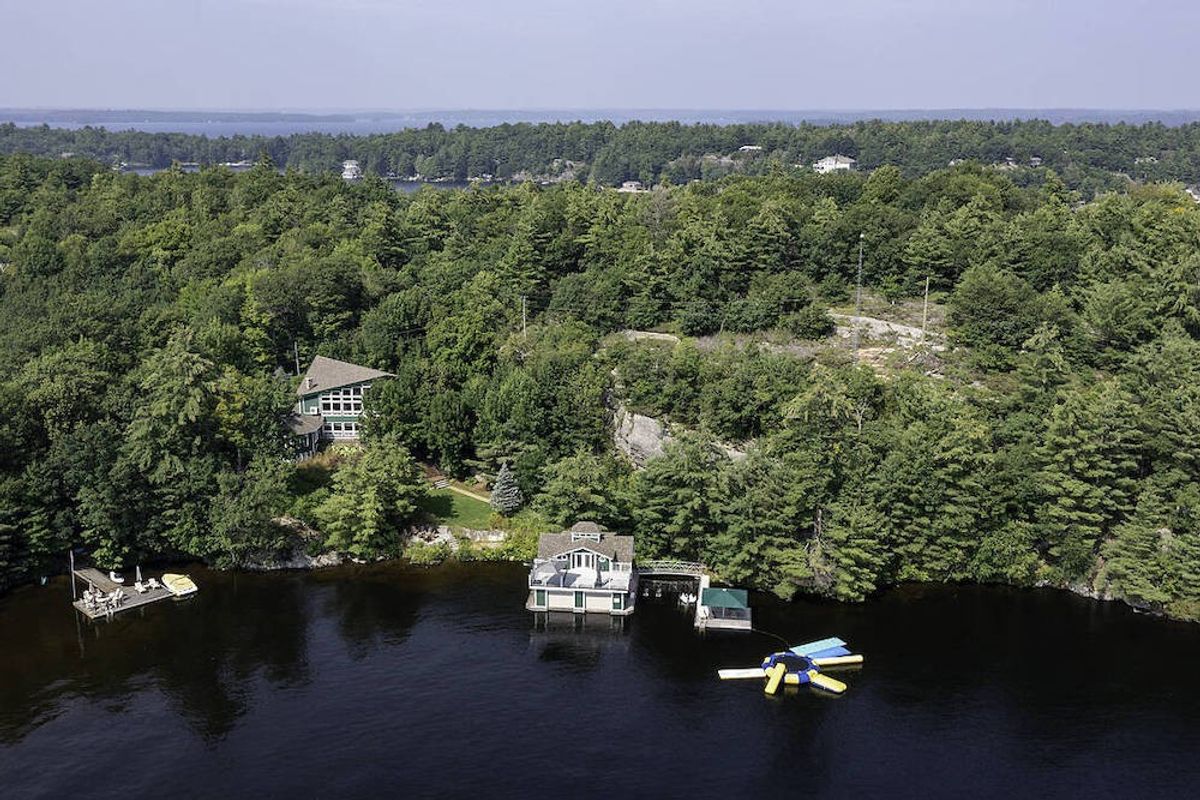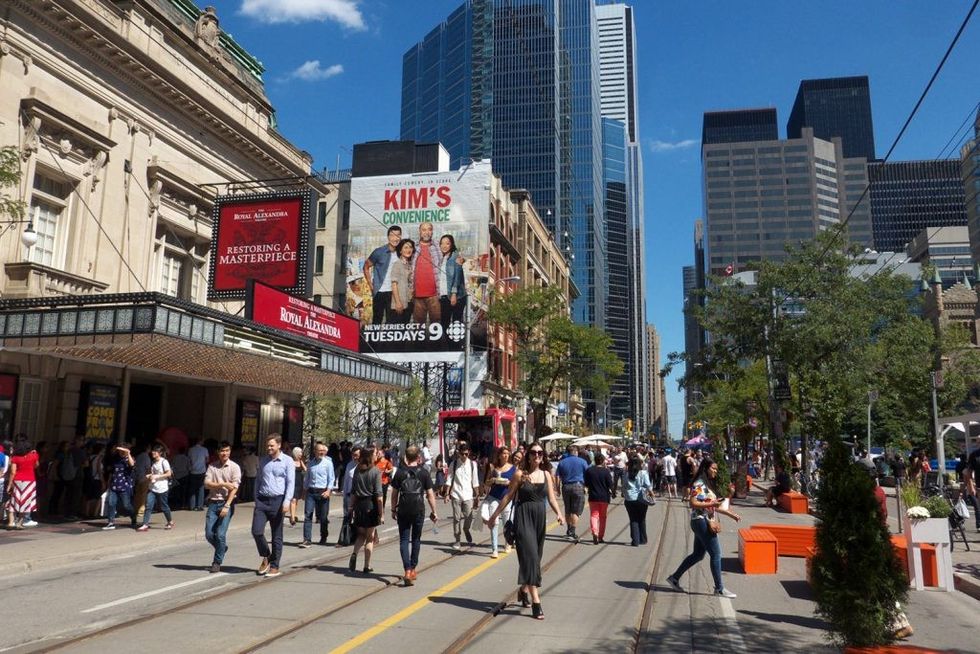
Every so often, Toronto wakes up to the fact it's a city, not a series of parking spots connected by concrete and asphalt. It's having one of those moments now and the result is the King Street Pilot Study.
Among the options envisioned by the plan, which seeks to alleviate congestion on Toronto's busiest street, is the possibility of closing King to cars. The proposal is years from implementation, but the mere fact we're talking about it is evidence that wonders never cease.
Specifically, the plan could see King declared a “transit priority street,” which means reconfiguring the artery to enhance streetcar service rather than cars. The idea is that in the future even more of us will live downtown and get around on foot, on bicycles and, of course, the TTC. With an estimated 65,000 riders daily, the King streetcar (504) carries more passengers than the Sheppard subway and is the most used surface transit route in Canada, let alone Toronto. Riders outnumber car drivers three to one, more if cyclists and pedestrians are added.
Historically, the city's approach has been to deal with such problems by making the drive easier for cars. Back in 2013, then mayor Rob Ford made no secret of this: “You cannot shut down King St. for streetcars,” he declared. “We need to phase out streetcars.” The late Ford argued that streetcars should be replaced with buses.
Since then, assumptions have done a full 180. Today, instead of banning streetcars, we are thinking of banning vehicles. Not only would that be more efficient and serve more people, it would be more democratic.
Researchers tell us that eliminating cars and prioritizing streetcars would shorten the 71-minute trip from one end of the route to the other — Broadview Station in the east to Dundas Station in the west — by 11 minutes; that would have the effect of adding four streetcars to the line.
The proposal focuses on the six-kilometre stretch of King between Dufferin and River streets, where the line is busiest. This is where passengers often have to wait for two, even three, streetcars before they can get on board. To make matters worse, turning cars, mostly single-occupant, block the road causing delays and bunching.
But as Toronto's chief planner Jennifer Keesmaat told a Green Cities conference last month, “There are a series of options that we will be bringing forward to the public looking at how we can essentially get cars out of the way. We'll get the public's response and then we'll try it so we can see how it works in practice.”
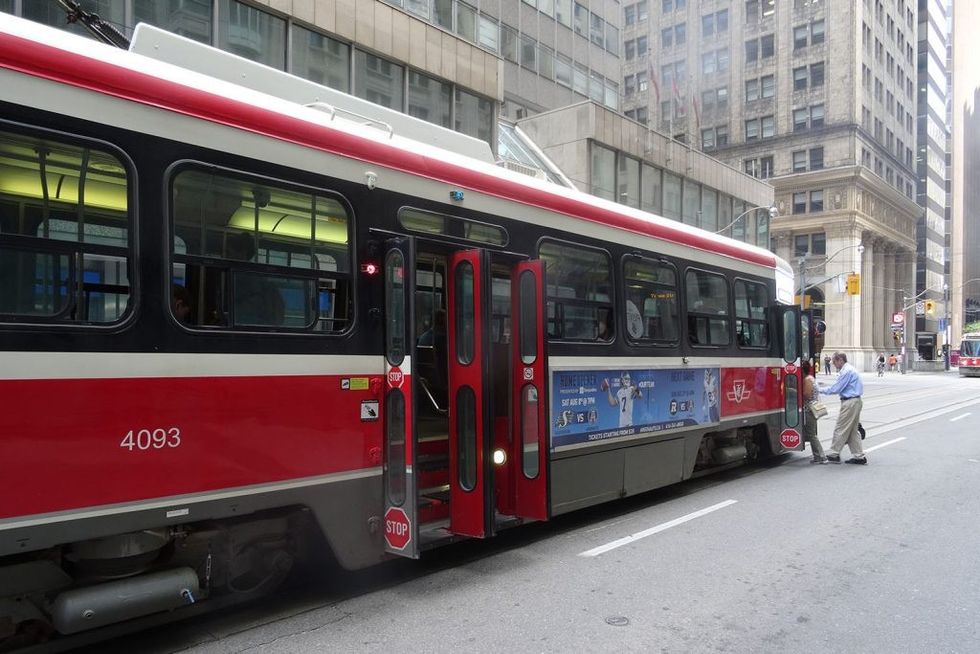
Other options could include partial closure of King, introducing a TTC right-of-way and even building a subway. Each of these has its own issues: first, subway construction would be ruinously costly and take years to complete; second, King isn't wide enough to accommodate a right-of-way and third, partial closure is exactly that, partial. Not only is getting rid of cars relatively cheap, it would be the most effective. Clearly, improved transit would mean eliminating at least some of the 20,000 cars that drive King daily.
And as Keesmaat points out, “The big idea here is that focusing on walking and cycling is in fact the most important thing we can do to become a green city." Though easily forgotten in the rush to get to work and back, global warming is actually a more pressing issue than congestion.
There are other concerns, some quite unexpected. For example, Ryerson's resident contrarian and economics professor, Murtaza Haider, insists that making King car-free would be bad for families. His argument is that shopping, driving the kids to school, soccer practices and the like mean that banning cars (and mini-vans) from King would make life impossible for these overwhelmed parents. At the same time, however, proximity means that many of these tasks can be accomplished without driving.
Regardless of what one thinks, however, the thing to keep in mind is that the city is suggesting a pilot project. In other words, the scheme would be introduced on a temporary basis. We don't know how long that would be, but like the Bloor St. bike lanes, it would be for a determined length of time. After that, the data would be analyzed and a final decision made.
Despite the doubts, the King Street plan is one whose time has come. Already the street is closed to vehicular traffic every September for the two-week run of the Toronto International Film Festival. Not only does the city survive, it thrives. What is lost in driver convenience is more than gained in enhanced access for everyone else.
TIFF also reveals just how democratic such a move really would be. After nearly a century, the hegemony of the car has reached the end of the line. Though automobiles have taken us as far as they can, Toronto city council is dominated by suburbanites for whom the car is king, even on King. Bridging the cultural divide will be hard for these councillors. As we learned recently when Ontario Premier Kathleen Wynne caved to pressure from her cabinet and caucus and killed Toronto city council-approved road tolls, the suburbs are the tail that wags the dog. The change might only come with a shift in generation.
If you're interested, the city will hold a public meeting about the King Street Pilot Study on Monday, Feb. 13, at Metro Hall, 55 John St., room 308/309, from 6:30 to 9 p.m.
